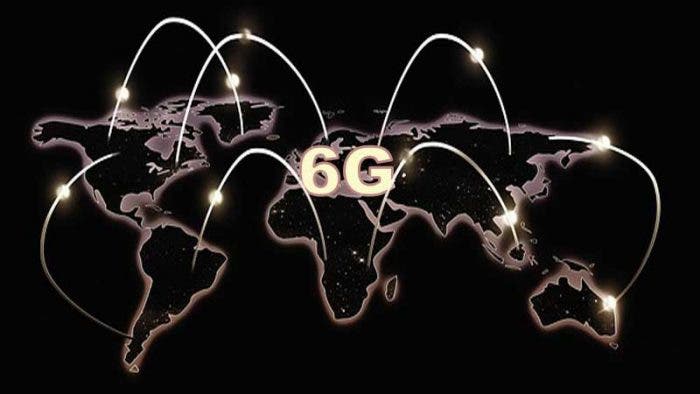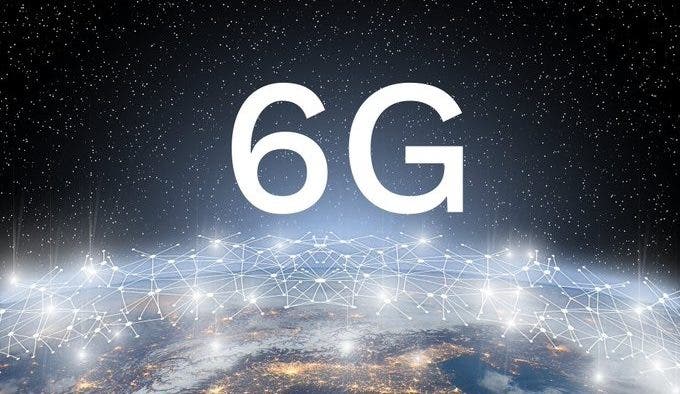The latest report from Swedish manufacturer, Ericsson, shows that it has joined the EU’s 6G research project, REINDEER. This recently launched European REINDEER project is led by the Alliance of Multi-antenna Technology Leaders. Ericsson is an important participant in this group. The goal of the project is to develop and build a new intelligent connected computing platform, which is essential for future 6G projects.

The name of the project is from REsilient INteractive applications through hyper Diversity in Energy-Efficient RadioWeaves. The development of RadioWeaves technology will be the key deliverable of the project. Furthermore, this new wireless access infrastructure consists of distributed radio, computing, and storage structures. It will also promote the concept of Large Intelligent Surfaces and Cell-free wireless access, thereby providing capabilities far beyond the future 5G networks. In addition, it is expected that this will provide a capacity that can be scaled to quasi-infinite, and realize zero-latency perception and the ability to interact with a large number of embedded devices.
The project is a joint collaboration between private companies and academic leaders in the field of multi-antenna technology, including technology leaders from Leuven University in Belgium, Linköping University in Sweden, and Lund University.
Ericsson has a long history of cooperation with Linköping University and Lund University. Through cooperation with these two universities, many technical milestones have been achieved in Radio Stripes and Massive MIMO. These achievements will lay a solid foundation for the REINDEER project.
The REINDEER project is a 5G public-private partnership (5G PPP) project, which will receive EU funding as part of the EU’s Horizon 2020 research and innovation program. The project started on January 1, 2021, and will last for three and a half years.
Nokia is leading another 6G program (Hexa-X) in Europe
The European Commission (EC) appointed Nokia to oversee Hexa-X, a flagship 6G research project designed to promote the development of 6G technology in Europe. Nokia said in a statement that it will serve as the project leader for Hexa-X. The program currently gets its funding from the European Commission under the “Horizon 2020” research and innovation program. The Finnish manufacturer further explained that the goal of the project is to create unique use cases and scenarios. It also seeks to develop basic technologies, and define a new architecture for “a smart network structure that integrates key 6G technology enabling factors“.
This program will also bring together major European industry stakeholders. If the stakeholders are together, it will promote the development of 6G. We expect to have active participation of network suppliers, operators, technology providers, and European communications research institutions. The major stakeholders include Ericsson, Orange, Telecom Italia, Telefónica, etc.
The project will start on January 1, 2021, with a planned duration of two and a half years. Nokia’s research department, Nokia Bell Labs has, plays a huge role in new network development. It was an integral part of the development of 4G and 5G networks. Thus, the company has been part of the commercialization of previous generation networks.
The Finnish supplier added that it hopes that 6G will be commercially available in 2030. This will follow the 10-year cycle of each generation of mobile communication technology. Also, this is in line with the predictions of industry players at a 6G seminar in October.




